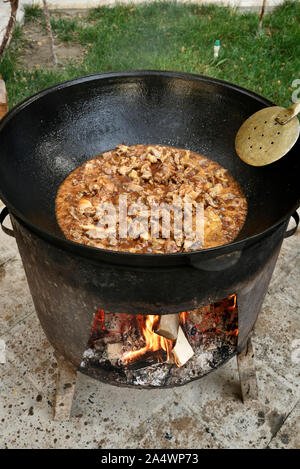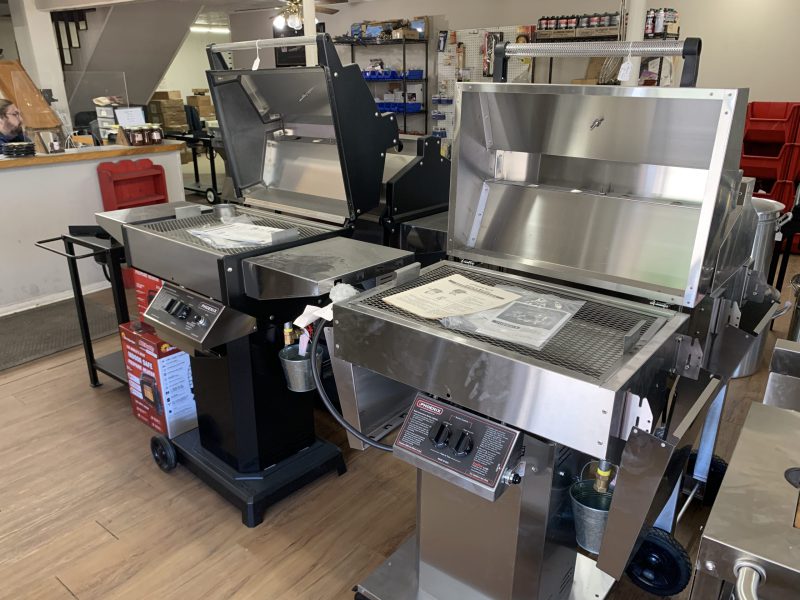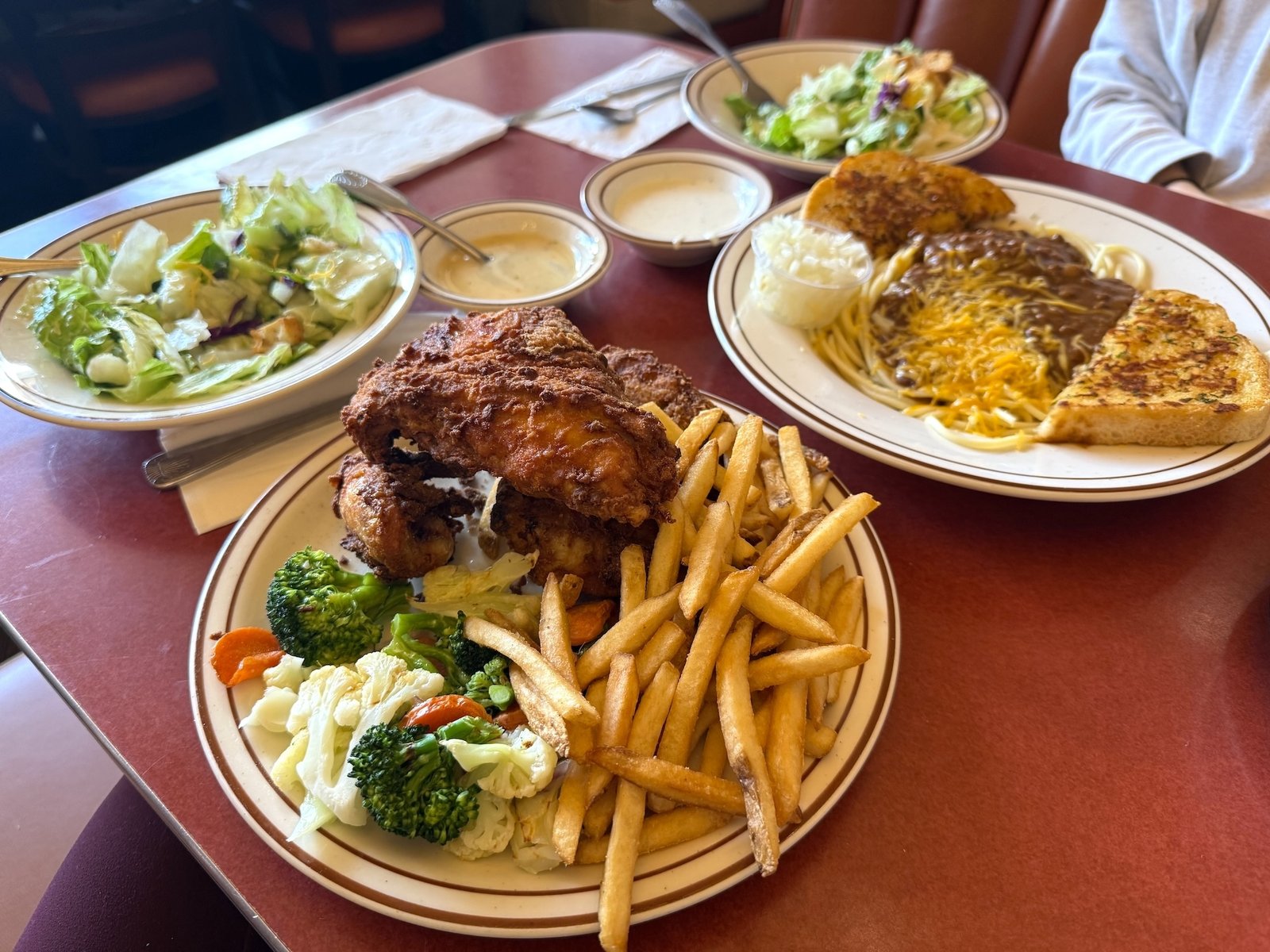In an era where fast food and convenience reign supreme, the art of heritage outdoor cooking remains a testament to our ancestors’ ingenuity and cultural richness. Embracing traditional fire methods, pit-style cooking restores the primal connection between fire, food, and community, allowing us to savor flavors that have been perfected over generations. Whether in rustic backyards or remote wilderness settings, these age-old techniques evoke a sense of nostalgia, craftsmanship, and cultural pride that modern culinary innovations often overlook. Rediscovering and celebrating heritage outdoor cooking is not merely about preparing a meal; it’s about honoring history, fostering community bonds, and preserving culinary traditions that define our collective identity.
As we delve into these practices, it becomes evident that old-school smokehouse techniques and cultural cooking in nature serve as windows into the past, offering us a taste of historic outdoor cuisine that has stood the test of time. The essence of such culinary arts lies in patience, skill, and respect for tradition—values that elevate simple ingredients into soulful, memorable dishes. Let’s journey through these traditions, exploring their origins, significance, and the way they inspire contemporary cooks to reconnect with a heritage worth passing forward.
A Heritage Rediscovered: Outdoor Cooking Traditions Reimagined

Outdoor cooking traditions have long been woven into the fabric of human history. From ancient flame-keeping methods to sprawling pit-style cookouts, these practices reflect not only culinary ingenuity but also social cohesion and cultural identity. In many indigenous societies, fires were carefully tended not just for warmth but for community rituals, storytelling, and spiritual connection. Today, heritage outdoor cooking allows us to reimagine these age-old customs—adapted to modern contexts—while maintaining the authenticity that makes them so valuable.
What makes these traditions particularly compelling is their ability to bridge centuries of culinary evolution. Each technique, whether it’s a simple open flame or a complex smokehouse operation, encodes stories and values from ancestors who relied on fire as both a livelihood and a cultural marker. As enthusiasts and chefs alike seek more meaningful food experiences, embracing traditional fire methods and pit-style cooking reconnects us deeply to our roots. This movement isn’t just about nostalgia; it’s about reviving a sustainable, flavor-rich approach to food that emphasizes local ingredients, slow cooking, and communal sharing.
From Fire to Flavor: Exploring Traditional Fire Methods in Outdoor Cooking

At the core of heritage outdoor cooking are the fundamental traditional fire methods—techniques as diverse as the cultures that birthed them. Imagine gathering around a crackling open flame, where patience and skill transform basic ingredients into extraordinary dishes. Whether it’s building a bonfire for direct grilling or using a simple hearth for slow roasting, these methods emphasize control and intuition. Such techniques require a deep understanding of fire behavior, making the cooking process an art form rather than a mere task.
Beyond practical skills, these traditional fire methods foster a sensory experience—smelling the smoke, feeling the warmth, hearing the crackle—that modern, technology-driven cookery often neglects. In using wood or charcoal instead of batteries or electric gadgets, cooks sustain a connection with nature and ancient practices. These methods enhance flavors naturally, imparting a richness that commercial equipment cannot replicate. Whether it’s the delicate balance of flames in a Dutch oven or the steady heat of a campfire for skewering meats, mastering traditional fire methods creates a bridge between past and present, enriching our culinary repertoire with historic authenticity.
Pit-Style Cooking: Restoring Ancient Flavors and Community

Pit-style cooking is arguably one of the most iconic methods of heritage outdoor cooking. This technique involves digging a hole in the ground, filling it with hot stones and coals, and slow-cooking meat or vegetables wrapped in leaves or cloth. This method not only ensures tender, flavorful results but also embodies a communal experience—families, tribes, or local groups often gather around these pits, sharing stories and preserving traditions through food. Restoring this ancient method in contemporary settings revitalizes cultural connections that define a community’s identity.
What makes pit-style cooking special is its adaptability and the symbolic role it plays in cultural storytelling. From the Hawaiian luaus to Southern American barbecues, this practice varies but always maintains a core emphasis on patience, communal effort, and respect for natural elements. Modern enthusiasts often experiment with repurposing pits for festivals or family reunions, emphasizing sustainability and the culinary legacy passed down through generations. Restoring pit-style cooking not only delivers unique flavors but also revitalizes a sense of collective heritage, translating ancestral craftsmanship into modern culinary celebrations.
The Old-School Smokehouse: Mastering Time-Honored Techniques for Exceptional Taste
The old-school smokehouse represents a pinnacle of historic outdoor cuisine, showcasing how slow, purposeful smoking can elevate ordinary ingredients into masterpieces. These structures—constructed from wood, brick, or metal—are designed to cure, flavor, and preserve meats through smoke infusion over extended periods. This preservation technique historically provided communities with food security during winter months and periods of scarcity—an ingenious blend of culinary artistry and resourcefulness.
Today, mastering old-school smokehouse techniques connects chefs and hobbyists to a culinary heritage rooted in patience and craftsmanship. The smoke imparts complex flavors, creating tender, smoky meats that are deep, layered, and rich—qualities difficult to achieve with quick cooking methods. While the traditional smokehouse requires substantial time and effort, its results are worth every minute spent; it epitomizes the commitment to historic outdoor cuisine that honors ancestral ingenuity. Recreating these techniques today fosters a deeper appreciation for sustainable food practices and the importance of artisanal craftsmanship in outdoor culinary traditions.
Cultural Cuisine in Nature: Celebrating Heritage Through Outdoor Cooking Practices
Cultural cooking in natural settings is perhaps the most visceral expression of heritage outdoor cooking. Across the globe, indigenous and community-based culinary traditions are often linked intimately with the land and its resources. From Native American earth ovens to African open-fire stews, these practices honor local ingredients, seasonal cycles, and storytelling—embedding historical outdoor cuisine into everyday life. Embracing such traditions in today’s outdoor cooking restores a sense of purpose and authenticity, fostering cross-cultural understanding and respect.
By participating in cultural cooking in nature, we not only enjoy authentic flavors but also revive sacred rituals and social bonds built around food. These methods often involve specific tools, seasonings, and methods passed through generations, reflecting environmental adaptations and cultural identity. Modern outdoor chefs and enthusiasts can preserve these traditions by highlighting their stories and significance, transforming outdoor cooking from mere sustenance into an act of cultural recognition. Celebrating heritage through these practices sustains diverse culinary heritages and encourages a more meaningful engagement with food, nature, and community.
Historic Outdoor Cuisine: A Journey Through Culinary Time
Historic outdoor cuisine offers a compelling glimpse into how our ancestors prepared, preserved, and shared food long before modern conveniences. This journey through culinary time reveals a tapestry of techniques—open-fire roasting, pit-cooking, fermentation, and smoking—that exemplify ingenuity and resilience. Exploring these practices uncovers the social and cultural fabric that shaped societies, revealing how food served as a nexus for community, tradition, and survival.
Today, heritage outdoor cooking enthusiasts aim to honor and adapt these techniques, understanding that they are more than simply recipes—they are vital expressions of cultural identity. By engaging with these historic practices, we gain insights into ancient lifestyles and reinforce the importance of sustainable, simple, and connection-driven cooking methods. Whether in a backyard or wilderness camp, recreating historic outdoor cuisine allows a deeper appreciation of culinary evolution, reminding us that at its core, good food is about heritage, community, and respecting the timeless relationship between fire and flavor.
Conclusion
In embracing heritage outdoor cooking, we unlock the stories, traditions, and innovations passed down through generations—preserving a vital part of our cultural identity. From traditional fire methods to pit-style cooking restores and old-school smokehouse techniques, these practices serve as enduring symbols of resilience, craftsmanship, and communal effort. Celebrating cultural cooking in nature and exploring historic outdoor cuisine connects us more profoundly to our roots, illustrating that authentic flavor, sustainability, and tradition are intertwined. Revitalizing these time-honored methods allows us to taste history itself, fostering a deeper appreciation for the rich culinary tapestry that continues to inspire and unite us in outdoor cooking adventures.






